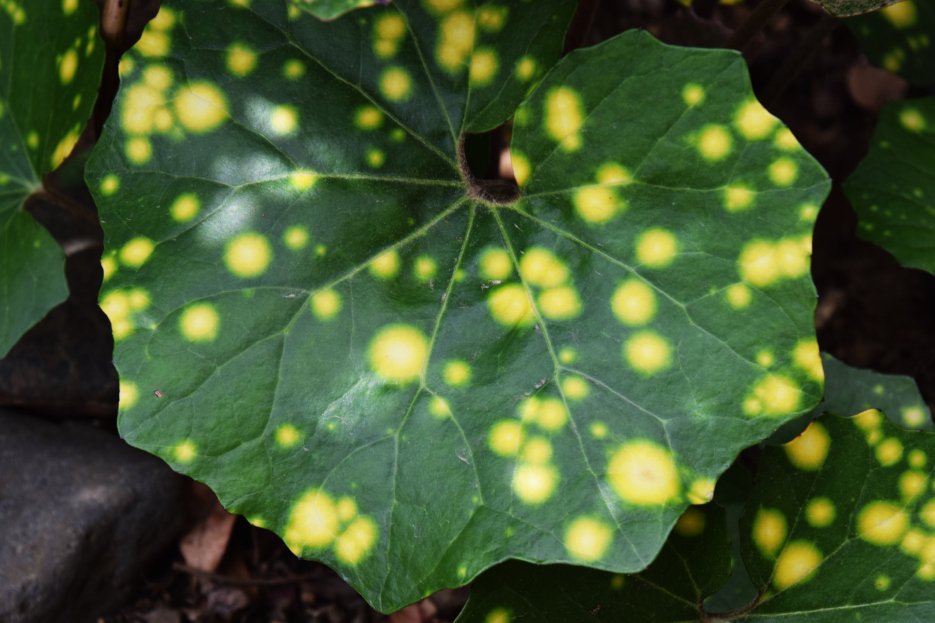
With its glossy green leaves splashed with bright yellow spots, Farfugium japonicum ‘Aureomaculatum’, often called ‘Firefly’ Leopard Plant, adds an exotic flair to shady spaces. Native to Japan and other parts of East Asia, this striking perennial is grown for its dramatic foliage and occasional daisy-like yellow flowers in late fall or winter.
Whether you're growing it outdoors in a shady garden or indoors as a statement plant, here’s how to keep your Firefly thriving.
Farfugium prefers partial to full shade, making it ideal for low-light garden spots or indirect light indoors. Direct sun—especially in the afternoon—can scorch the leaves or cause the yellow spotting to fade. Indoors, place it near an east- or north-facing window or in a bright room with filtered light.
This plant likes consistent moisture, especially during the growing season. Keep the soil evenly moist but not soggy. Water thoroughly when the top inch of soil begins to dry out. During winter, when growth slows, reduce watering slightly but don’t let the soil dry out completely.
Tip: Drooping leaves are often a sign it needs water, but they usually perk back up quickly.
Farfugium loves moderate to high humidity. Indoors, this can be achieved with a humidifier or by placing the plant on a tray of water and pebbles. It prefers temperatures between 60–75°F (16–24°C) and should be protected from frost. Outdoors, it’s hardy in USDA zones 7–10, but may need winter protection in colder areas.
Plant it in rich, well-draining soil that retains some moisture—think loamy, organic mixes. A blend of potting soil with added compost or peat moss works well for potted specimens. Ensure containers have good drainage holes to prevent waterlogging.
Repot every 2–3 years or when the plant becomes root-bound, preferably in early spring.
Feed once a month during the growing season with a balanced, water-soluble fertilizer diluted to half strength. Over-fertilizing can lead to excessive leaf growth at the expense of color or flowers, so less is more.
Remove any damaged or yellowing leaves as needed to maintain a tidy appearance. After flowering, you can trim off spent blooms to encourage foliage growth. If the plant begins to get too large or leggy, you can divide it in early spring.
The easiest way to propagate Farfugium japonicum ‘Firefly’ is by division. In spring, gently remove the plant from its pot or garden bed, separate the root clumps with a sharp knife, and replant them individually.
Farfugium is generally pest-resistant but can occasionally attract slugs or snails, especially outdoors. Keep an eye out for holes in the leaves and treat as needed. Overwatering or poor drainage can lead to root rot, so make sure your soil conditions are right.
Farfugium is not considered toxic to pets, but it’s always a good idea to discourage nibbling just in case. The large leaves may also be tempting for curious cats.